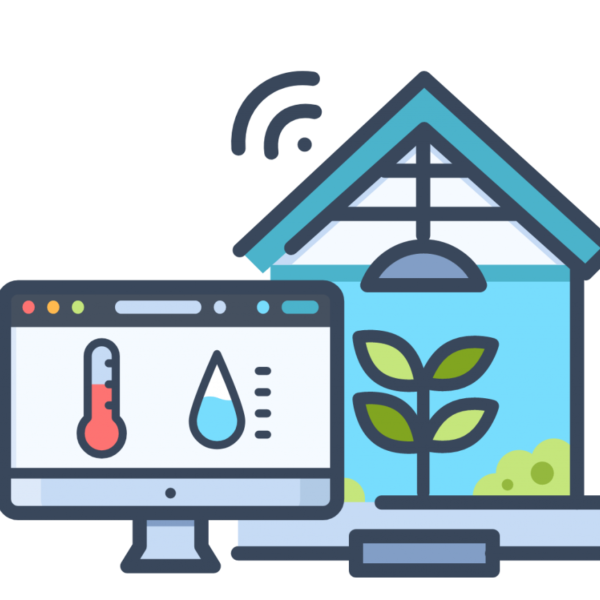High-yield, high-quality products are essential for modern agriculture, which can only be achieved with the smart farming techniques used to make greenhouses smarter in measuring control parameters. Manual monitoring is actually a very common task because plants can be destroyed if not properly cared for. New greenhouse design with fully automatic hydroponic system integrated with agriculture. All measurements, including monitoring and control of environmental events such as light intensity, pH, conductivity, water temperature, and relative humidity, are performed on the system by sensors and actuators. Automated maintenance and monitoring use IoT interventions that are used to transfer and retrieve data to the Internet (mass storage) and mobile applications that use the Internet to communicate the current state of the hydroponic system to users. Phone. Will be installed with them. This forward-looking system can use advanced data analysis and long-term data collection to improve computational accuracy.
The designed system can grow common types of products that can be used indoors as a food source without requiring much space.
The Internet of Things (IoT) open platform is used to store and display system parameters and a graphical user interface for remote access. The designed system can maintain plant growth parameters with minimal user input.
According to the Food and Agriculture Organization of the United Nations (FAO), the world’s population is expected to exceed 9 billion by 2050. Agricultural production needs to be increased by 50% in order to feed the population.
Due to the limited resources of farming, the only way to increase production is to improve production efficiency. There is no doubt that smart farming (IoT) will help solve this challenge.

